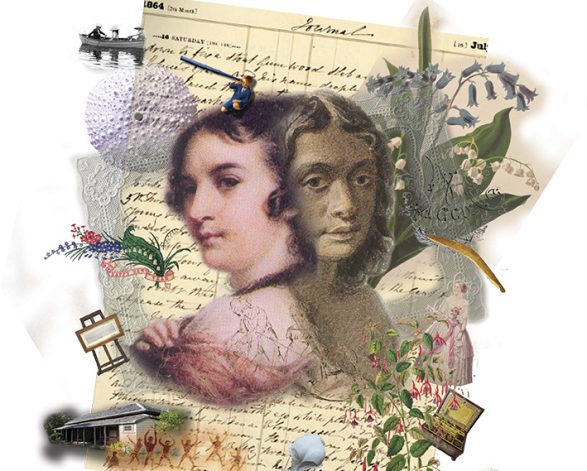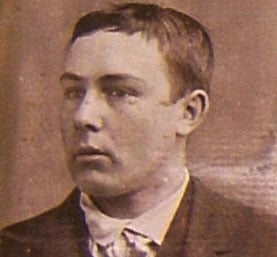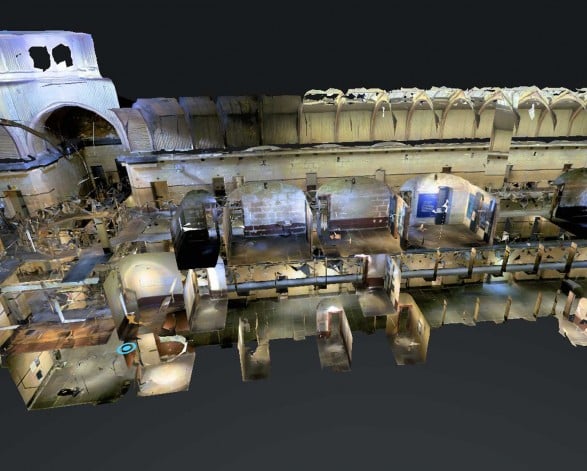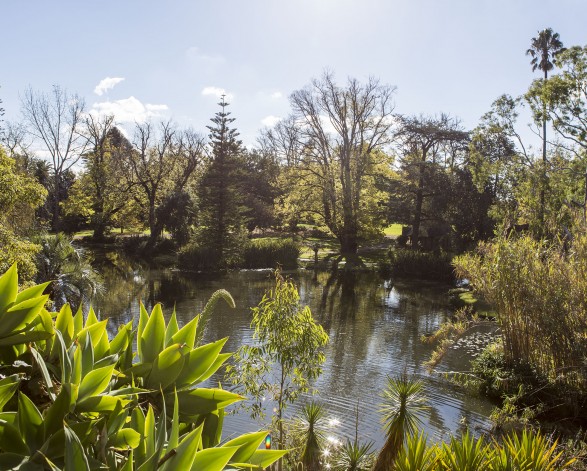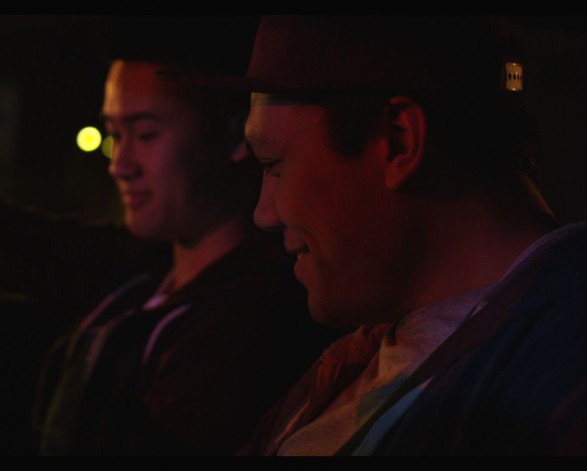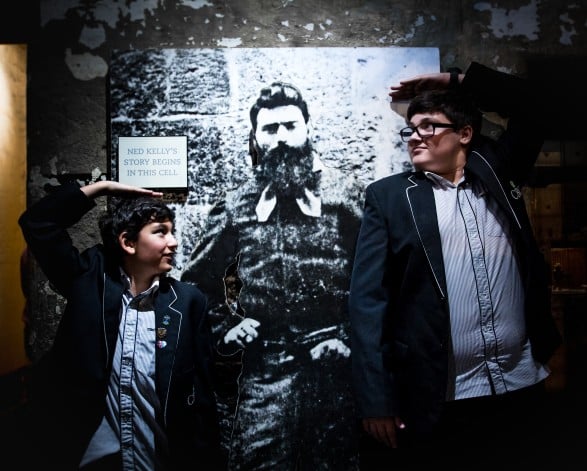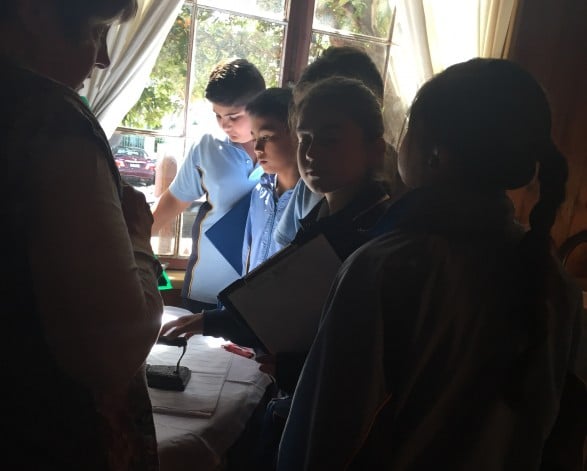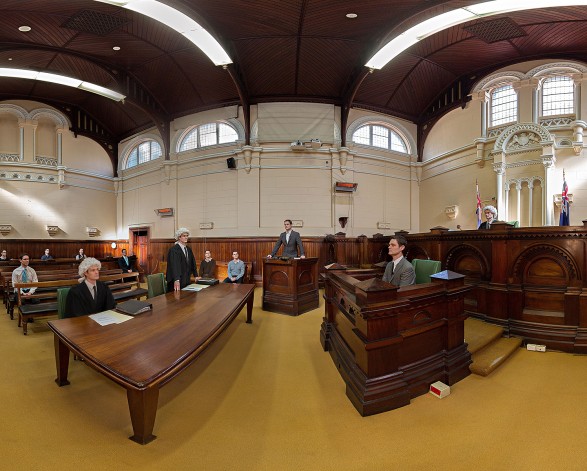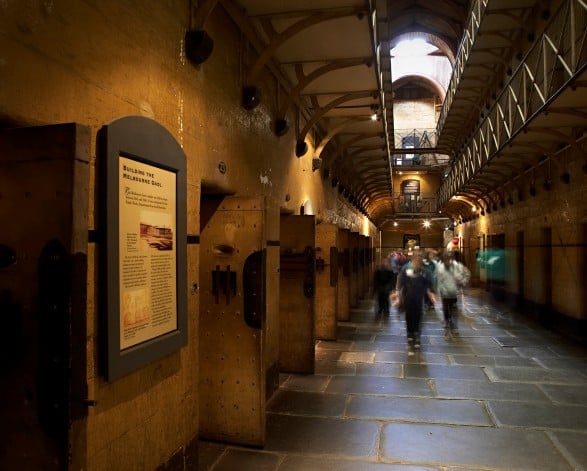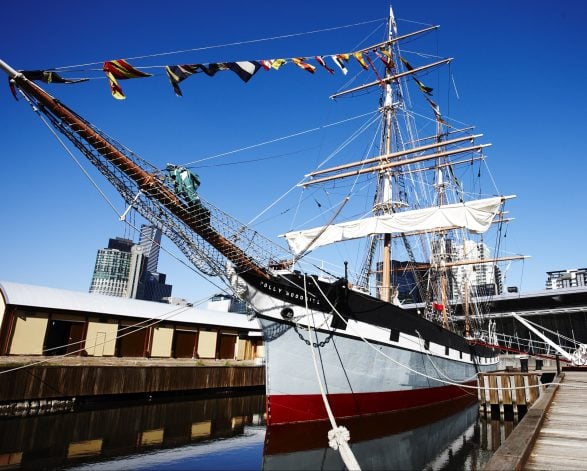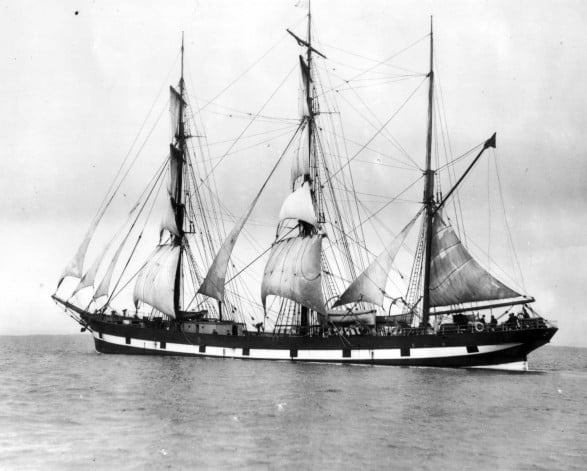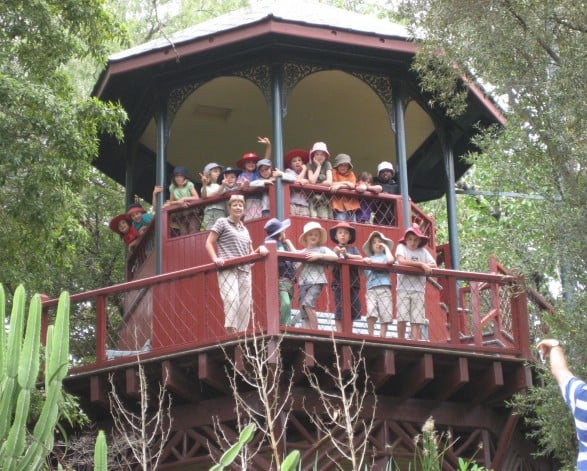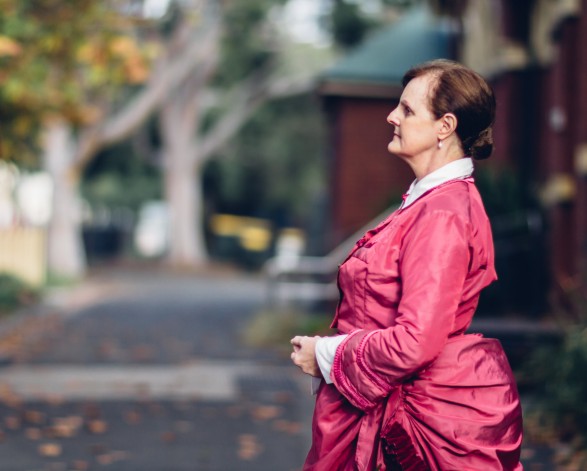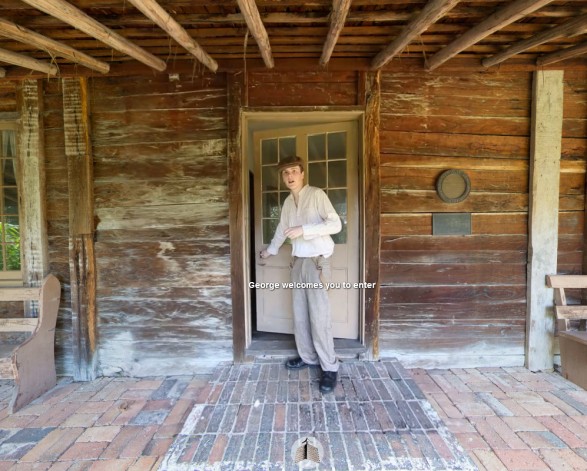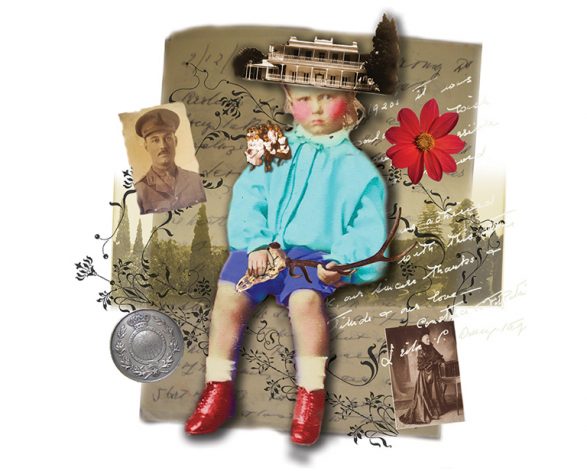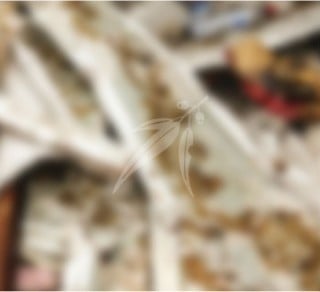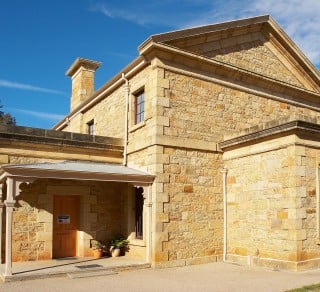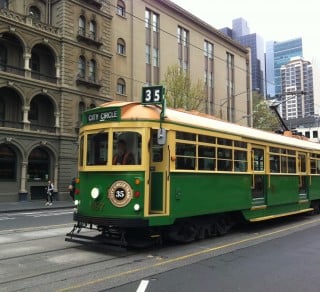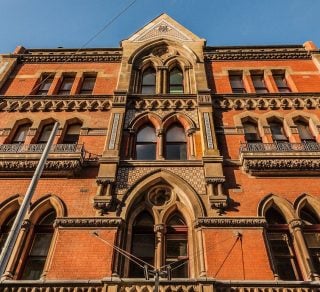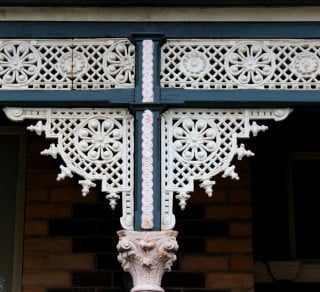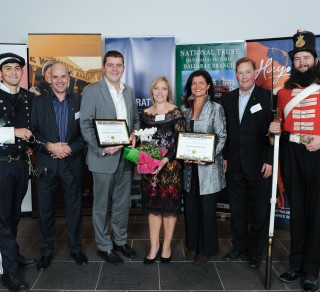Just like other war memorials that are present across the Australian landscape, Avenues of Honour were first planted to commemorate the sacrifice and service made by local volunteers during the First World War. The planting of these memorial trees was intensely personal, and for many towns across Australia acted as a focus of remembrance for a grieving community.
Today, many of Australia’s Avenues of Honour have been lost or forgotten. In Victoria alone, there was once more than 325 Avenues of Honour, but today many have been lost or forgotten. With many Avenues of Honour reaching their Centenary over the next few years, the trees require our care and attention more than ever to keep the best ones healthy, and to replace ones which have become unsafe to sustain the legacy of remembrance.
It is the National Trust’s aim to raise awareness about these wonderful living memorials, both those that have been forgotten and lost and those that are thriving, and assist Victorian communities in celebrating their local history and heritage.
Thanks to the support of The Albert George and Nancy Caroline Youngman Trust managed by Equity Trustees, we have developed a pilot program to assist local communities identify and appreciate the history of their memorial Avenues of Honour.
This project will assist Victorian schools, RSLs, historical societies and heritage groups in celebrating their local history and heritage through the form of these memorial trees. Working with the History Teachers Association of Victoria, we have designed a number of activities to fit in with the school curriculum.
download the Primary Teacher’s Manual download the Secondary Teacher’s Manual
We have selected three Victorian towns to act as case studies for a pilot program to demonstrate the different states and experiences of some Victoria’s Avenues of Honour: Sandringham, Bacchus Marsh and Woodend. A debate has now been raised in Sandringham about how to deal with an avenue that is now largely lost. In Bacchus Marsh and Woodend it is about establishing appropriate commemoration events, and a special awareness day for Bacchus Marsh has been created by the recently formed Great War Centenary Committee.
We will share the experiences of these three pilot towns with other interested communities. Photos, community blogs, media links and historical material will be available to use, as well as an educational section that will provide downloadable school activities PDF’s for teachers, containing a range of educational activities that focus on Avenue of Honour remembrance.
Please contact Felicity Watson on 9656 9818 for more information on this initiative, and to find out how we can assist the in the development of this project in your local area.


